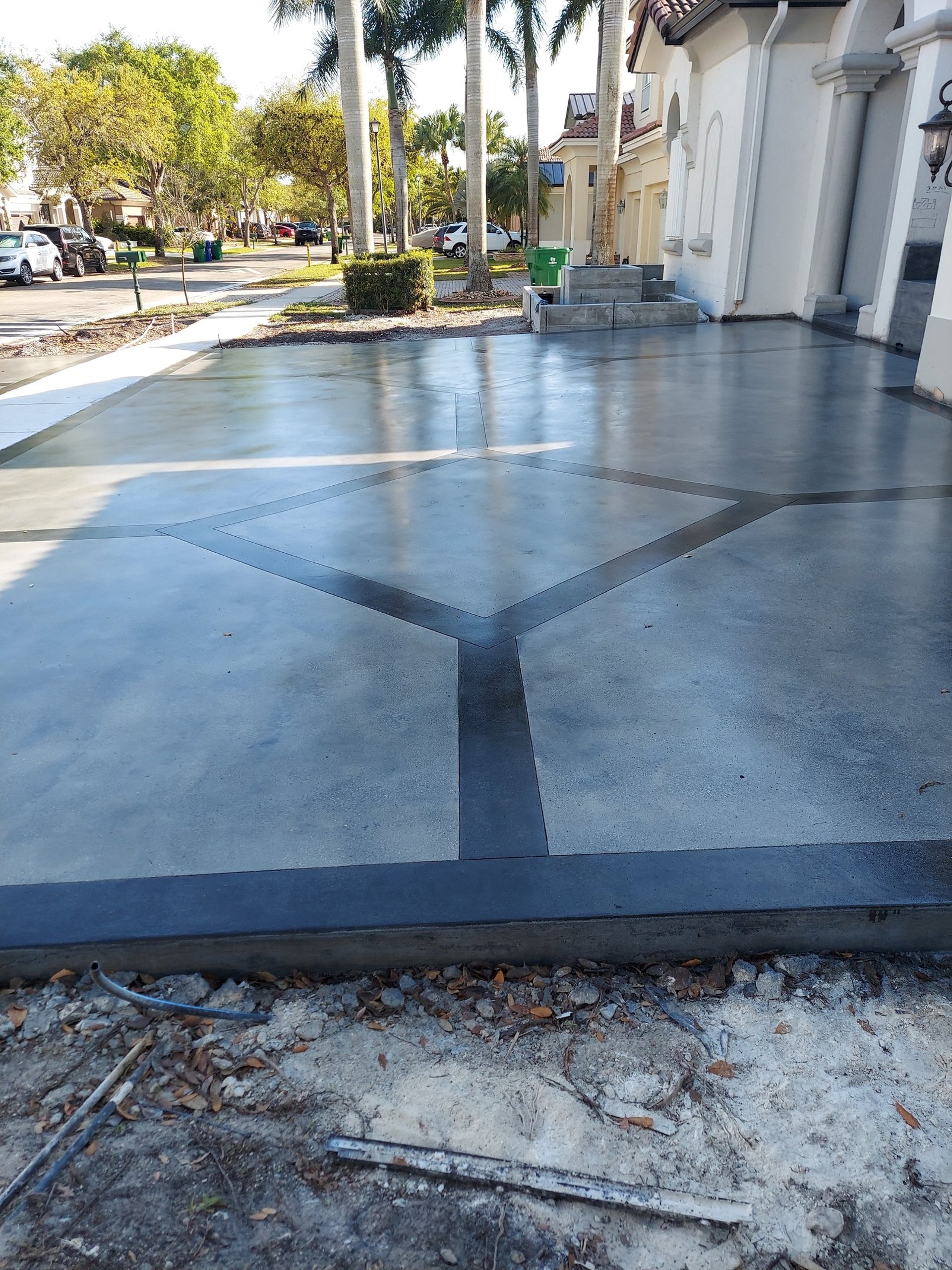Call us for a free estimate 786-523-9656
Discovering the Versatility of Polished Concrete Floors: Ideal Options for Residential and Commercial Spaces in the USA
Dive into the world of polished concrete floors and uncover why they're an ideal choice for both residential and commercial spaces in the USA. Discover the different types, from traditional slabs to terrazzo and exposed aggregate, and learn about their unique benefits. Whether you're revamping a home or renovating an office, polished concrete floors offer durability, style, and sustainability that cater to various design preferences and requirements. Join us as we explore this versatile flooring option and its endless possibilities for creating beautiful, long-lasting floors.
conexxo corp
2/24/20243 min read


In the ever-evolving world of architecture and design, polished concrete floors have emerged as a top choice for commercial and residential spaces alike. Their durability, versatility, and aesthetic appeal make them an attractive option for a variety of industries, including retail, hospitality, and residential construction. In this comprehensive guide, we'll explore everything you need to know about polished concrete floors, from the different types and installation methods to industries utilizing this trendy flooring option.
Types of Polished Concrete Floors
Polished concrete floors come in several varieties, each with its own unique characteristics and benefits.
Traditional Concrete Slabs: This is the most basic form of polished concrete, consisting of a standard concrete mix that's polished to a high sheen. It's a versatile option that works well in both residential and commercial settings.
Colored Concrete: This type of polished concrete is infused with pigments or dyes during the mixing process, resulting in a vibrant, custom color that's perfect for adding a pop of personality to any space.
Stained Concrete: Unlike colored concrete, stained concrete gets its color from a chemical reaction that occurs when acid-based stains are applied to the surface of cured concrete. This process creates a marbled, variegated effect that mimics the look of natural stone.
Terrazzo Flooring: Terrazzo is a composite material made from marble chips, quartz, glass, and other aggregates. Once poured and cured, the surface is polished to a high shine, resulting in a sleek, sophisticated look that's perfect for high-end residential and commercial spaces.
Exposed Aggregate: This type of polished concrete involves removing the top layer of concrete to reveal the aggregate underneath. The exposed aggregate is then polished to varying degrees, depending on the desired level of gloss.
Industries Utilizing Polished Concrete Floors
Retail: Retail stores often use polished concrete floors to create a sleek, modern aesthetic that's both stylish and durable. The high-gloss finish of polished concrete is also great for showcasing products and drawing customers in.
Hospitality: Hotels, restaurants, and other hospitality venues often use polished concrete floors for their durability and ease of maintenance. The seamless finish of polished concrete is also ideal for creating a cohesive, sophisticated look throughout a space.
Commercial Office Spaces: Many companies are turning to polished concrete floors for their offices, as they provide a clean, modern look that's perfect for a professional environment. Additionally, the low maintenance requirements of polished concrete make it an ideal flooring choice for busy office spaces.
Residential Construction: Polished concrete floors are becoming increasingly popular in residential construction, as they offer a sleek, modern look that's perfect for contemporary homes. The durability and low maintenance requirements of polished concrete also make it a great choice for busy households.
Installation of Polished Concrete Floors
Surface Preparation: Before the polishing process begins, the surface of the concrete must be properly prepared. This includes repairing any cracks or imperfections and ensuring that the surface is clean and free of debris.
Grinding and Honing: The first step in the polishing process is to grind down the surface of the concrete using diamond abrasives. This creates a smooth, level surface that's ready for polishing.
Polishing: Once the surface has been ground down, it's time to begin the polishing process. This involves using progressively finer grits of diamond abrasives to achieve the desired level of shine.
Sealing: Finally, the polished concrete is sealed to protect the surface and enhance its durability. There are a variety of sealers available, including epoxy, urethane, and acrylic, each with its own unique benefits and drawbacks.
Conclusion
In conclusion, polished concrete floors are a versatile and stylish option for a variety of industries, including retail, hospitality, commercial office spaces, and residential construction. With their durability, low maintenance requirements, and sleek, modern look, polished concrete floors are a great choice for any space. Whether you're building a new home, renovating an office, or updating a retail space, polished concrete floors are a trendy, sustainable flooring option that's sure to impress.







